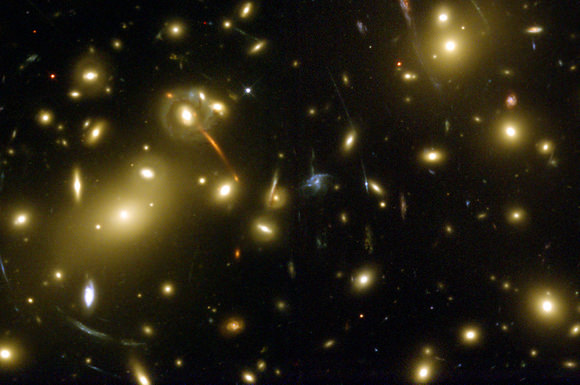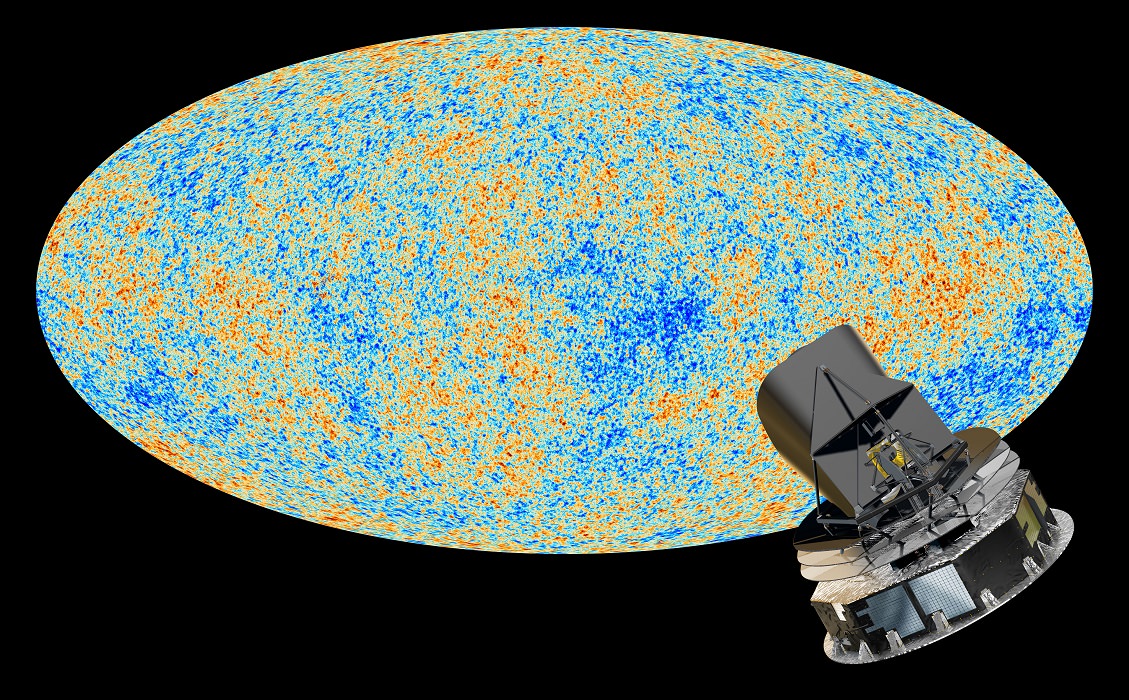There have been a lot of attempts over the years to figure out the mass of a neutrino (a type of elementary particle). A new analysis not only comes up with a number, but also combines that with a new understanding of the universe’s evolution.
The research team investigated the mass further after observing galaxy clusters with the Planck observatory, a space telescope with the European Space Agency. As the researchers examined the cosmic microwave background (the afterglow of the Big Bang), they saw a difference between their observations and other predictions.
“We observe fewer galaxy clusters than we would expect from the Planck results and there is a weaker signal from gravitational lensing of galaxies than the CMB would suggest. A possible way of resolving this discrepancy is for neutrinos to have mass. The effect of these massive neutrinos would be to suppress the growth of dense structures that lead to the formation of clusters of galaxies,” the researchers stated.

Neutrinos are a tiny piece of matter (along with other particles such as quarks and electrons). The challenge is, they’re hard to observe because they don’t react very easily to matter. Originally believed to be massless, newer particle physics experiments have shown that they do indeed have mass, but how much was not known.
There are three different flavors or types of neutrinos, and previous analysis suggested the sum was somewhere above 0.06 eV (less than a billionth of a proton’s mass.) The new result suggests it is closer to 0.320 +/- 0.081 eV, but that still has to be confirmed by further study. The researchers arrived at that by using the Planck data with “gravitational lensing observations in which images of galaxies are warped by the curvature of space-time,” they stated.
“If this result is borne out by further analysis, it not only adds significantly to our understanding of the sub-atomic world studied by particle physicists, but it would also be an important extension to the standard model of cosmology which has been developed over the last decade,” the researchers stated.
The research was done by the University of Manchester’s Richard Battye and the University of Nottingham’s Adam Moss. A paper on the work is published in Physical Review Letters and is also available in preprint version on Arxiv.

